The Thermo Scientific™ ARL™ EQUINOX 100 is an X-Ray diffractometer (XRD) designed for structural and phase analysis in industrial and research settings. For routine analysis, dynamic investigations, formulation determinations, and teaching in universities and colleges, the bench-top design is the best and most cost-effective solution.
The ARL EQUINOX 100 XRD incorporates a unique curved position sensitive detector (CPS) that enables real-time simultaneous full pattern capture, which accelerates in situ investigations, crystalline phase development, and phase transitions.
- Standard power source; no need for extra water cooling
- Robust and reliable without any moving components
- High intensity from a microfocus source with little power
- Real-time simultaneous data acquisition
- Adaptable sample entry and analysis
- Improve sample representativeness by measuring transmission and reflection
Reliable and Robust
The ARL EQUINOX line from Thermo Scientific is designed to be used in production control, mobile, and central laboratories, among other types of labs. This X-Ray diffraction (XRD) technology responds to operations with greater speed and adaptability.
- No moving parts: stationary X-Ray source and detector
- Fixed focal length: no need for realignment
- Asymmetric mode acquisition across 110˚2θ
- Adaptable angle of incidence for the sample
- Perfect for measurements of small angles
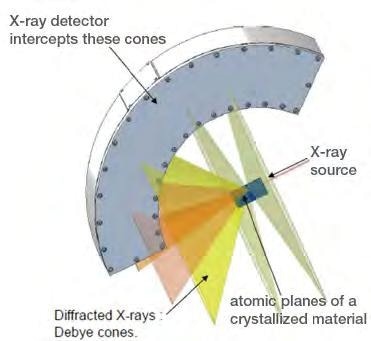
ARL EQUINOX 100 geometry: Asymmetric mode with a Position Sensitive Detector for real-time XRD acquisition. Image Credit: Thermo Fisher Scientific - Elemental and Phase Analysis
Flexible Instrument
High Intensity from Low-Power Microfocus Source
Extremely brilliant rays are generated by microfocus X-Ray sources, which are low-power X-Ray tubes. This arrangement collects and concentrates incidence scattered X-Rays via a mirror system. Even at low power, the X-Ray flux diffracting the sample is substantially greater than with traditional systems.
- X-Ray flux close to a standard X-Ray source
- Focusing mirror for higher intensity
- Mirrors capture and focus X-Rays onto samples for better efficiency
- Beam size: approximately 5 mm×300 µm
- Focusing beam geometry
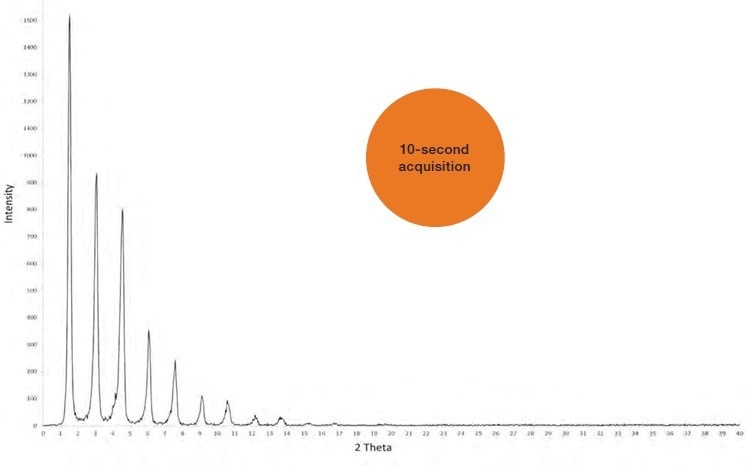
Acquisition at low angle on Silver behenate powder recorded in reflection mode. Image Credit: Thermo Fisher Scientific - Elemental and Phase Analysis
Versatile Sample Entry and Analysis
The most adaptable benchtop XRD instrument on the market, the ARL EQUINOX 100 XRD can measure reflection or transmission in a range of sample types and analytical conditions. It only takes a few seconds and requires no adjustments to switch sample holders. The following are the accessory phases:
- Fixed non-spinning sample stage
- Single-position spinning stage for reflection and transmission
- Reflection mode spinning stage with height adjustment
- Controlled atmosphere reflection sample stage
- Capillary transmission sample stage
- Six-position automatic sample changer with spinning stages
- GIXRD thin layer analysis stage
- Temperature-controlled stage
Real-Time Simultaneous Data Acquisition
CPS real-time detectors are unique acquisition tools that simultaneously gather all of the diffraction data. These detectors carry out real-time diffraction studies on powders, bulk materials, and thin films, enabling rapid analysis as well as dynamic study.
Studies and Applications
Dynamic Studies
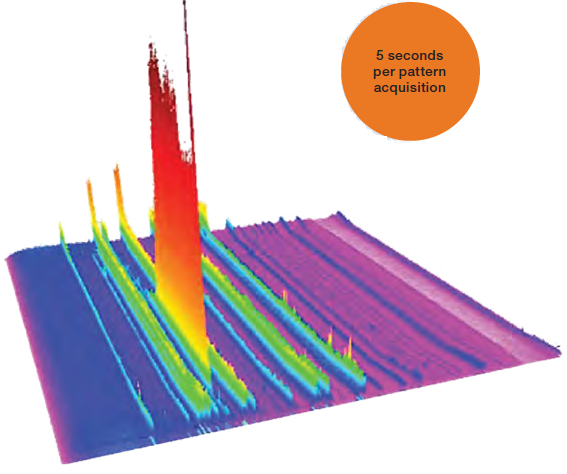
Phase transition at high temperature. Image Credit: Thermo Fisher Scientific - Elemental and Phase Analysis
Real-time dynamic crystallographic measurements are essential for understanding how a material's properties change with temperature, pressure, environment, and other variables. Real-time capture of structural phase transitions or material changes is possible with position-sensitive detectors (PSD).
It might be especially challenging to ensure that no transition is missed during a measurement when working with unstable substances. The entire XRD diffractogram is concurrently gathered by the PSD.
Thin Film Applications
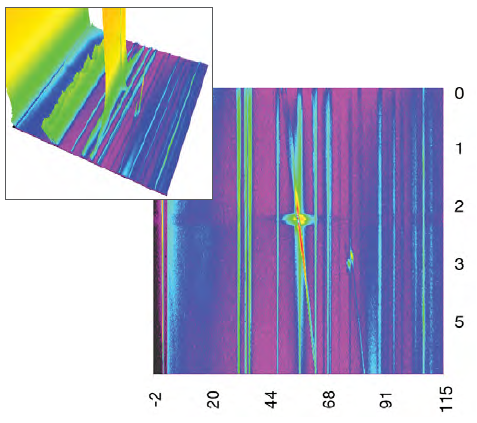
Grazing incidence measurement: Observation of an interference with the substrate peak. Image Credit: Thermo Fisher Scientific - Elemental and Phase Analysis
Thin film material analysis with the ARL EQUINOX 100 XRD is made easy and accurate by its specially designed sample platform.
Grazing incidence GIXRD identifies the phases, texture, and structure of a thin crystallized deposit on a substrate, whereas reflectometry (XRR) evaluates the type, thickness, and roughness of film deposits at interfaces.
Samples and Attachments
Fixed Sample Stage

Image Credit: Thermo Fisher Scientific - Elemental and Phase Analysis
- Stationary sample mount for powders, solids, or samples on a glass plate
- Reflection or transmission mode
- Sample position aligned by positioning screw
Spinning Stage for Powder Sample
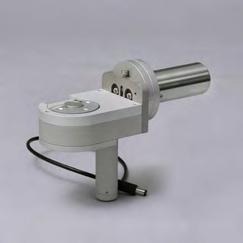
Image Credit: Thermo Fisher Scientific - Elemental and Phase Analysis
- Reflection and transmission mode on powder
- Continuous sample rotation
- Zero background holder for micro-quantity samples
- Special cups to protect air-sensitive samples
Spinning Stage with Height Adjustment
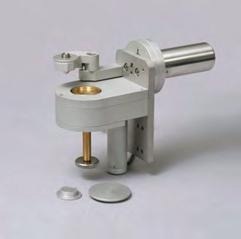
Image Credit: Thermo Fisher Scientific - Elemental and Phase Analysis
- Reflection mode on powder and bulk
- Sample maximum size: 40×20 mm with a centered sample
- Height adjustment to 30 mm
- Continuous sample rotation
Spinning Stage for FilterStudies
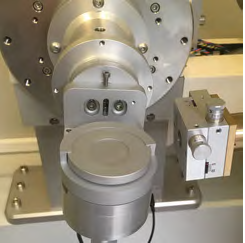
Image Credit: Thermo Fisher Scientific - Elemental and Phase Analysis
- Specific measurement in reflection mode on filter
- Continuous sample rotation
- Available with silver membrane filter (25 mm diameter)
Spinning Stage for Pressed Pellets
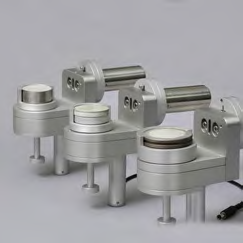
Image Credit: Thermo Fisher Scientific - Elemental and Phase Analysis
- Reflection mode for pressed samples like cement
- Continuous sample rotation
- Choice according to customer’s specifications
- 51 mm steel rings
- 40 mm steel rings or free pressed
Sample Stage with Controlled Atmosphere
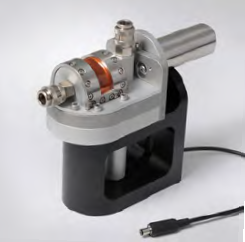
Image Credit: Thermo Fisher Scientific - Elemental and Phase Analysis
- Reflection mode for powder
- Continuous sample rotation
- Modes of operation
- Fully isolated cell with closed connections
- Gas control in the cell
- Gas circulation to recycle atmosphere
Capillary Stage for Transmission Measurement
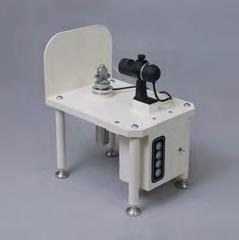
Image Credit: Thermo Fisher Scientific - Elemental and Phase Analysis
- Transmission mode on sample in capillary
- Goniometric head support
- Continuous sample rotation
- Borosilicate or quartz capillaries available with a diameter from 0.1 to 3.5 mm
Automatic 6-Position Sample Changer
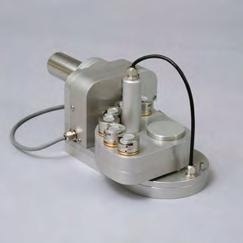
Image Credit: Thermo Fisher Scientific - Elemental and Phase Analysis
- Six sample positions in reflection mode
- Continuous sample rotation
- Zero background holder available
Thin Layer Attachment
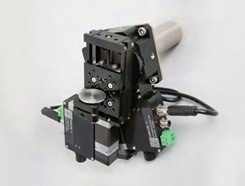
Image Credit: Thermo Fisher Scientific - Elemental and Phase Analysis
- Specific attachment for thin film application
- Sample size up to 25×25×10 mm
- High accuracy motors in θ and Z adjustments
- Excellent for GIXRD
- X-Ray reflectometry (XRR)
Temperature Controlled Stage
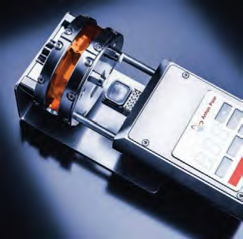
Image Credit: Thermo Fisher Scientific - Elemental and Phase Analysis
- BTS500: temperature range from ambient to 500 °C
- BTS150: temperature range from –10 °C to 150 °C
- Reflection mode
- Sample conditioning in vacuum, air, or inert gas possible
- Fast heating and cooling
- Accurate temperature measurements by a thermos sensor close to the sample
- 10–1 mbar to 1 bar relative
Analytical Performance
The ARL EQUINOX 100 XRD can be used to swiftly and precisely analyze materials ranging from minerals to drugs. As the complete pattern is collected concurrently, the instrument boasts exceptional resolution and speed for a benchtop device. The ARL EQUINOX 100 XRD can be used to identify phases, calculate percentage crystallinity, and even solve crystal structures.
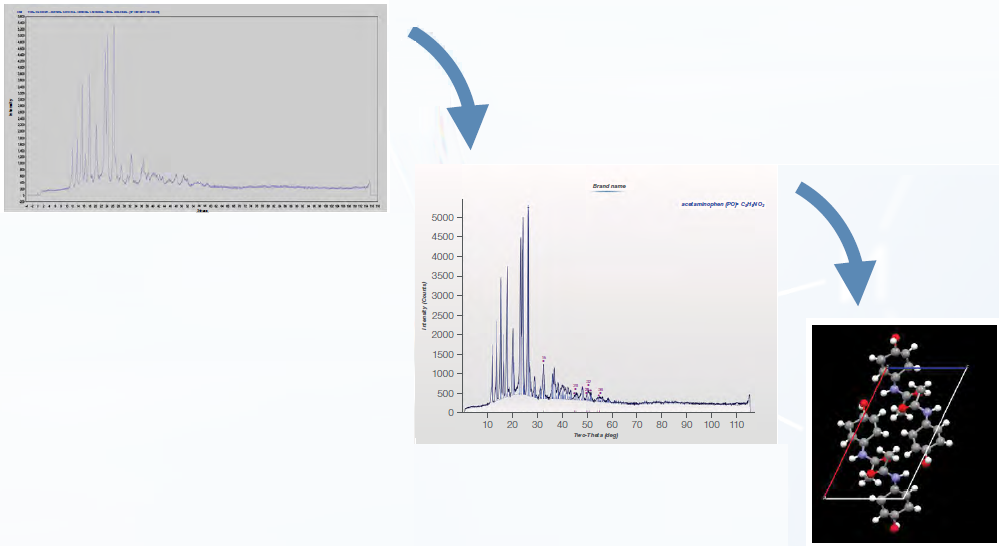
Image Credit: Thermo Fisher Scientific - Elemental and Phase Analysis
Thermo Scientific™ SolstiX™ XRD Software 21 CFR Part 11 Ready
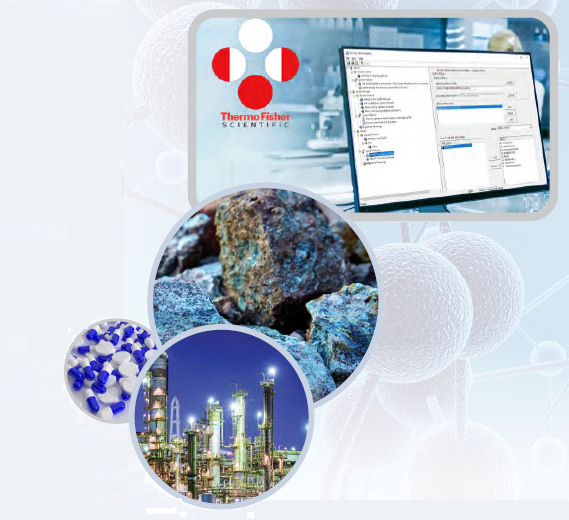
Image Credit: Thermo Fisher Scientific - Elemental and Phase Analysis
Pharmaceutical companies can keep high-performance standards while producing compliant findings with the ARL EQUINOX 100 X-Ray benchtop diffractometer by using Thermo Scientific SolstiX XRD Software with Security Suite. The software solutions satisfy the requirements of 21 CFR Part 11 regarding audit trails and electronic signatures.
- Protect computer systems used by manufacturers to store electronic data related to quality assurance
- Put safeguards in place to keep records true, incorruptible, and private
- Electronic signatures enable users to bear responsibility for their electronic data in the system
- Data records must include the date and time of the scan, unique signer name, and security mechanisms like passwords